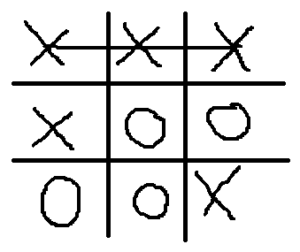Bei Plesk Obsidian Web Admin Edition 18.* werden die Subscription-Mailbox Quotas nicht immer richtig im UI angezeigt. Das kann zu Verwirrung führen. Die richtigen Werte können mittels Plesk CLI ermittelt werden:
plesk db "SELECT concat(mail.mail_name,'@',domains.name) AS 'Email address',mn_param.val AS 'Mailbox usage',Limits.value AS 'Mailbox limit' FROM mail LEFT JOIN mn_param ON mail.id=mn_param.mn_id LEFT JOIN domains ON mail.dom_id=domains.id LEFT JOIN Subscriptions ON domains.id=Subscriptions.object_id LEFT JOIN SubscriptionProperties ON Subscriptions.id=SubscriptionProperties.subscription_id LEFT JOIN Limits ON SubscriptionProperties.value=Limits.id WHERE mn_param.param='box_usage' AND Subscriptions.object_type='domain' AND SubscriptionProperties.name='limitsId' AND Limits.limit_name='mbox_quota'"
Weitere Informationen gibt es dazu auch unter https://support.plesk.com/hc/en-us/articles/12377087443607-How-to-get-a-list-of-all-email-accounts-and-their-disk-usage-via-a-command-line-interface-in-Plesk.
Die Quota eines einzelnen EMailaccounts kann man sich mittels
plesk bin mail --info name@domain.example
anschauen. Diese kann auch durch
plesk bin mail -u name@domain.example -mbox_quota 1024M
geändert werden. Details dazu findet man in der Dokumentation unter https://docs.plesk.com/en-US/obsidian/cli-linux/using-command-line-utilities/mail-mail-accounts.39181/


